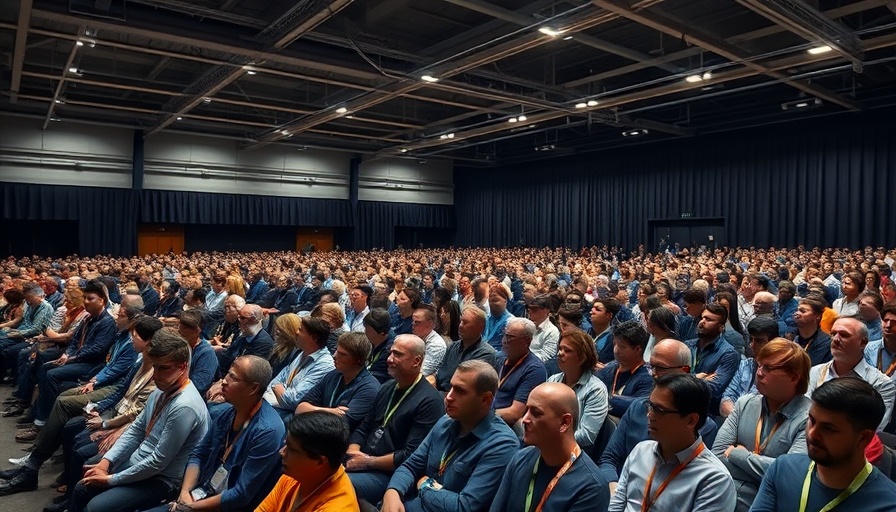
The Unexpected Layoffs at Airtime: An Overview
In June 2025, Airtime, a video startup founded by Phil Libin, known for launching Evernote, shocked its employees by announcing layoffs of 25 individuals from its 58-person workforce. This drastic change was described by Airtime as part of a typical ‘seasonal’ employment strategy. However, the timing caught many off guard, particularly since employees had been led to believe there would be no layoffs this year and that the startup was gearing up to raise funds.
What Led to the Layoffs?
Airtime’s approach follows a biannual employment cycle designed to provide transparency. The aim was to mitigate unexpected terminations, allowing employees to plan ahead. Yet, staff expected their current season to conclude at the end of June, raising questions about Airtime's sudden change in employment structure. The layoffs came just days before a scheduled review period, which felt unjust to many affected. While Airtime has yet to provide detailed information regarding severance packages, insiders report that the situation has caused significant unrest among employees.
Contrasting Seasonal Employment with Industry Norms
This unconventional method of seasonal employment is not widely adopted across the tech industry but has emerged as a unique strategy for Airtime. Previous layoffs in 2022, which involved cutting about 10%-15% of the staff, led to implementing this approach out of necessity. While it aims to relieve the pressure of sudden layoffs, the recent cut raises concerns about job security. Traditional companies typically conduct annual performance evaluations rather than adopting a cyclical hiring and firing format.
Why This Matters in Today’s Tech Landscape
The tech sector has seen significant fluctuations in employment, especially post-pandemic. With a notable rise in startups and technological innovations, job stability has increasingly become a concern. Companies are often compelled to adapt rapidly and make tough decisions about their workforce to stay competitive. The case of Airtime illustrates not just employee dissatisfaction but also raises questions about company culture in a fast-evolving industry.
The Impact of Layoffs on Startup Culture
The concept of 'seasonal layoffs' can be polarizing. On one hand, it provides a clear timeline for employment, allowing employees to weigh their options proactively. On the other, it can foster a culture of uncertainty. Workers may feel insecure about their future if they suspect that their contract might not be renewed, affecting morale and productivity. Thus, companies like Airtime must navigate the fine line between operational efficiency and maintaining a motivated workforce.
Facing the Future: Lessons from Airtime’s Experience
As the tech world grapples with recessionary pressures and erratic shifts in market demand, Airtime's experience provides critical insights. Startups must weigh the benefits of flexible employment strategies against the potential fallout of damaging employee trust. Transparency and clear communication are now more essential than ever as businesses evolve to meet new challenges.
Looking Ahead: The Need for Stability
While it may be tempting for startups to adopt innovative practices, the rapid changes—like those witnessed at Airtime—reinforce the need for stable employment practices that promote trust and employee loyalty. Founders and executives should consider how their decisions shape the company culture and employee sentiment. As we look to the future, fostering an environment of stability will be crucial for attracting and retaining top talent in the competitive tech landscape.
In conclusion, the layoffs at Airtime serve as a critical reminder of the complexities facing both startups and established companies in today’s ever-changing market. Understanding the implications of these changes not only helps workers but also drives companies to construct better, equitable employment practices.
 Add Row
Add Row  Add
Add 



 Add Row
Add Row  Add
Add 
Write A Comment